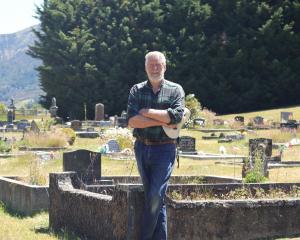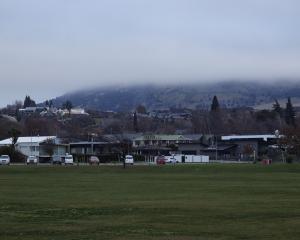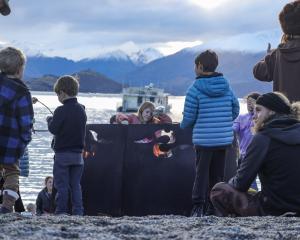
Tightrope walkers or slackliners using Wanaka's Pembroke Park trees to perform their activity are being asked to be more discriminating in their choice of trees before tying their slackline between them.
Queenstown Lakes District Council parks and reserves officer Diana Manson said the council placed signs around Pembroke Park last month following complaints about the damage to the trees caused by slacklining.
``There are a lot of young trees on Pembroke Park and they struggle to grow and get established there anyway, so we just want to protect them,'' Ms Manson said.
``We're not banning slacklining, we are just asking people to do it properly by choosing strong, upright trees with a thick trunk and putting something around the trees to protect them.''
Slacklining was invented in the 1980s by two Yosemite rock climbers and involved walking along tubular nylon webbing ranging from 4.5m to 30m in length tied between trees or posts at a beach or park and usually only a few feet off the ground.
It is reputed to produce a variety of health benefits from improving balance to strengthening your inner core and preventing back pain.
Ms Manson said the silver birches in Pembroke Park were ``ideal'' for slacklining but would still require a piece of old carpet, a belt or ``anything to stop the strop from rubbing against the tree and removing the bark''.
She said if bark was removed it allowed disease into the tree and if the tension of the rope was too tight it could also put a strain on the tree.
She said slacklining occurred more often in the summer and was mostly carried out by tourists.
The QLDC had experienced a similar issue with trees being damaged by slackliners in Queenstown but placing signs around the parks had had the desired effect, she said.












